This 182 is owned by world renowned PA46 and TBM instructor Joe Casey. After working together with Joe to upgrade some of his client’s aircraft, he ferried his very own Cessna 182 to Maxcraft where we upgraded it with a pair of GI 275s, a GTN 750 Xi, and Garmin’s all digital GFC 500 auto pilot.
Economical Glass Upgrade
1967 Cessna 182K
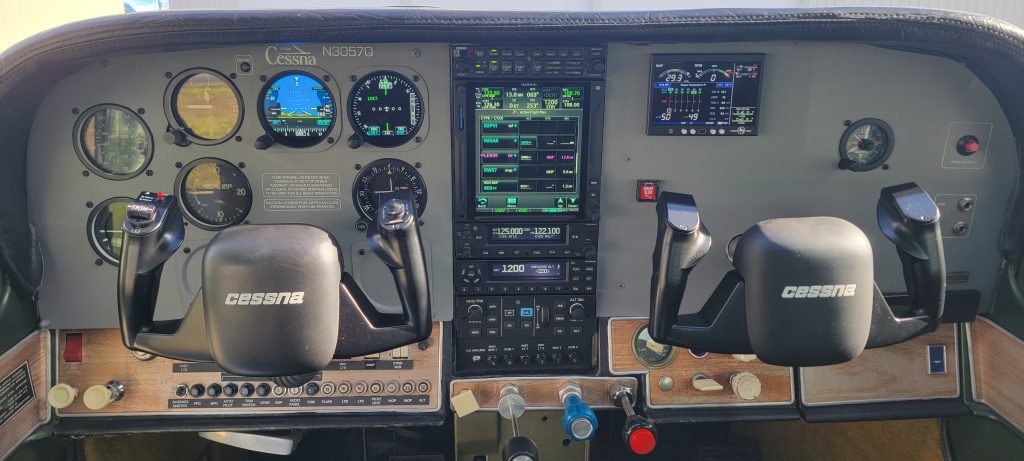
Aircraft & Owner:
The Cessna 182 is one of the most iconic and highly sought-after general aviation aircraft of all time. Initially introduced in 1956 as the tricycle gear style sibling of the earlier Cessna 180, which itself was a more powerful version of the Cessna 170, which would then evolve in a similar fashion into the Cessna 172. This earlier model 182 is owned by world renowned PA46 and TBM instructor Joe Casey. If you’ve been keeping up with our projects, you’ll know we’ve recently worked on a number of aircraft for Joe’s clients, and we were elated when Joe asked us to upgrade an aircraft of his own. Joe strongly believes in every single one of his employees not only being licensed pilots, but also maintaining proficiency. Along with this 182, Casey Aviation also has a Beech Bonanza. Both of these aircraft are used for everything from employee/pilot repositioning flights to training/proficiency flights.
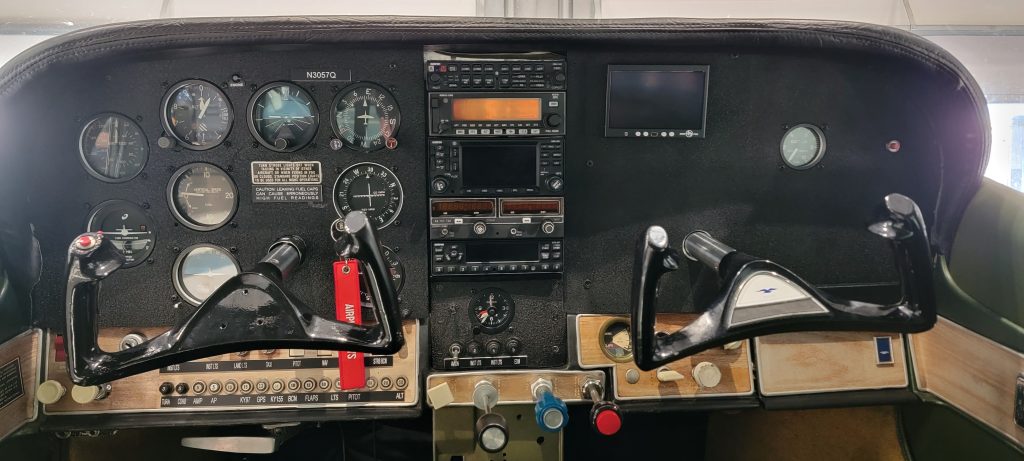
Need:
This 182 was flown from its base airport in Texas, to our hangar in Pitt Meadows, BC by one of Joe’s pilots. Flying over 1500 miles in the span of a few days, this trip truly shows how great the 182 is for cross-country flights. While this aircraft had a modern JPI engine monitor, the rest of the panel was fairly dated.
The goal of this project was to upgrade this aircraft to modern IFR standards while also removing dated gyro instruments which are prone to failure (Which also let us remove the vacuum system increasing useful load). One employee limped this 182 to Maxcraft with many things wrong and it left an extremely capable IFR aircraft.
NEW EQUIPMENT LIST
| GI 275 | Integrated Flight Display with SVT (Garmin) |
| GI 275 | Backup Electronic Flight Instrument (Garmin) |
| GTN 750 Xi | Touchscreen Flight Navigator and Multifunction Display (Garmin) |
| FlightStream 510 | Wireless Cockpit Connectivity (Garmin) |
| GFC 500 | Digital Autopilot With Trim (Garmin) |
| GTX 345 | ADS-B In/Out Transponder (Garmin) |
| Yokes | FAA-PMA Replacement Yoke (Avion Research) |
| Smart Glide | Dedicated Smart Glide Switch (Garmin) |
| GNC 255 | VHF Navigator and Communicator (Garmin) |
Maxcraft Solution:
The GI 275 is one of Garmin’s most revolutionary products for general aviation products. This touch screen electronic flight instrument takes the place of the old attitude indicator and directional gyro. The first GI 275 will display all the essential readouts including attitude, altitude, airspeed, and heading all in one easy to read standard format. The second GI 275 is configured as a Horizontal Situation Indicator (HSI). When flying in instrument meteorological conditions (IMC) this second GI 275 will provide important navigation information without requiring the pilot to look outside of their primary field of view. In the rare event of an issue with the primary GI 275, the second will automatically fall back into attitude mode providing important redundancy.
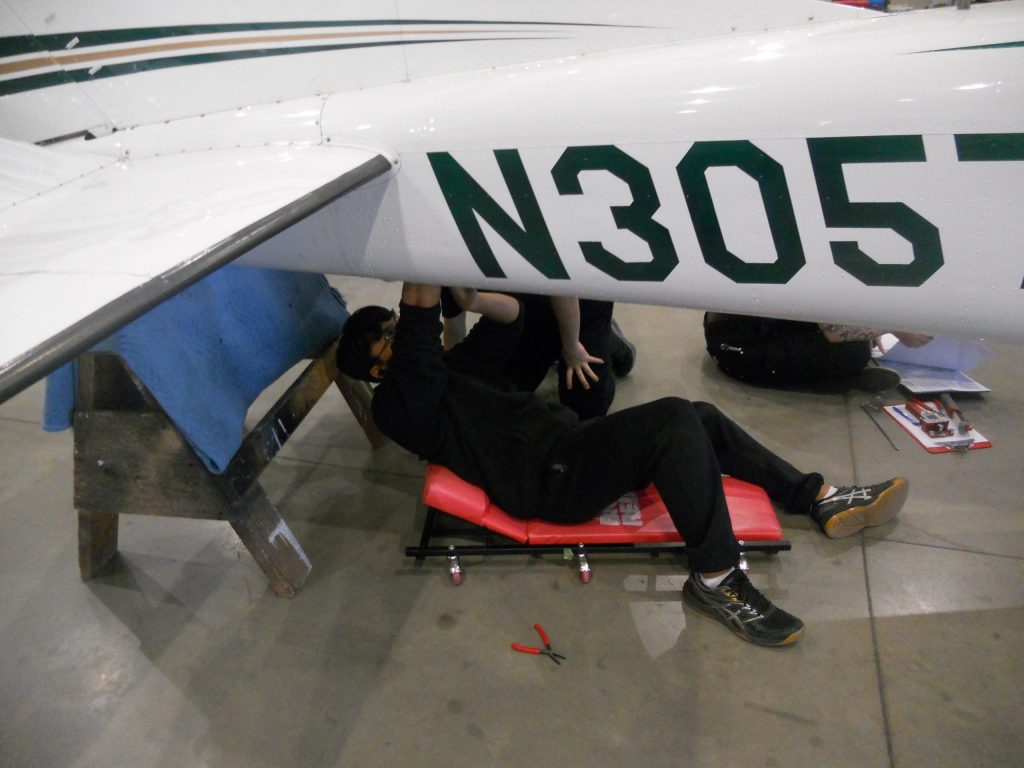
Both GI 275s integrate seamlessly with the GTN 750 TXi. The GTN 750 TXi is a large 6.9” touchscreen display providing a wide variety of features. Acting as the primary GPS, navigation receiver, VHF communications transceiver, and a multifunction display the GTN 750s easy to navigate menu system makes any piece of information just a few touches away. A recent feature which came to the GTN 750 via a software update is Smart Glide. Constantly calculating and assessing options in the background, Smart Glide can create a direct route to an airport within gliding distance and guide the pilot to keep the aircraft at its best glide speed with just a touch of the GTN 750, or by activating a dedicated Smart Glide button located on the panel.
The Flight Steam 510 installed in the GTN 750 opens a new era of cockpit connectivity. Allowing 2-way flight plan transfers between smartphone and tablet apps, streaming of flight data to the cloud, and easy database updates, all wirelessly from any seat in the cabin.
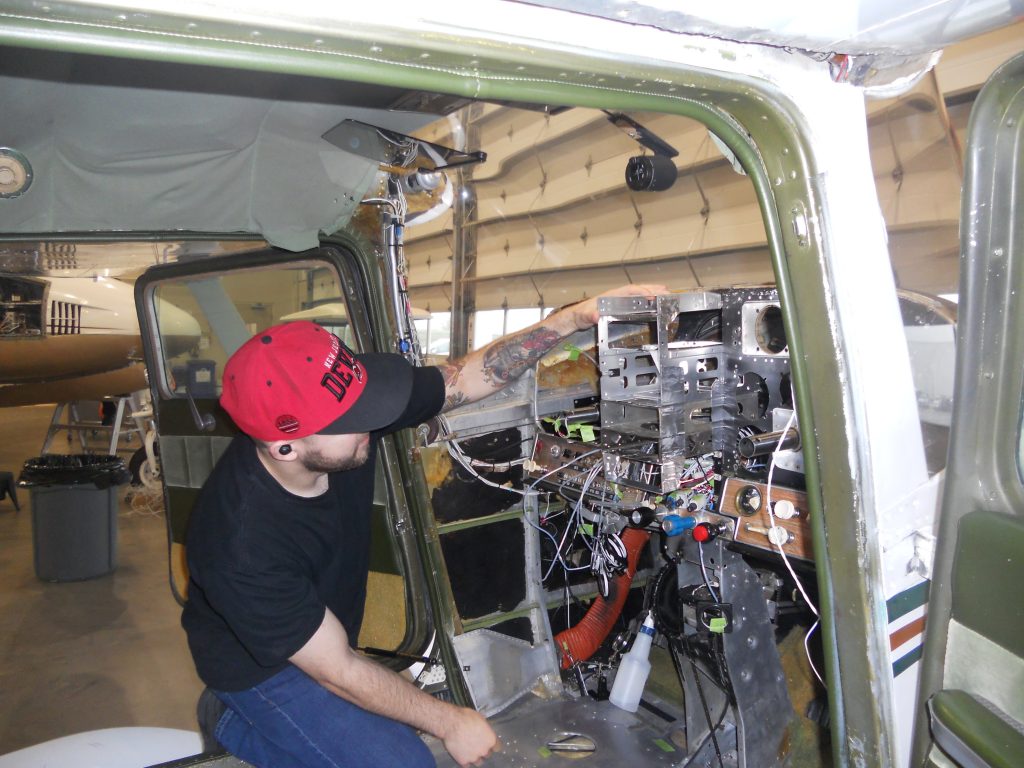
The Garmin GTX 345 is an ADS-B “in” and “out” transponder meaning it will broadcast the aircrafts current GPS position out to other aircraft, and ground stations while meeting the requirements for the ADS-B mandate in certain United States airspace. The ADS-B “in” feature integrates with the GTN 750 and the GI 275 to display traffic detected using ADS-B and weather information when in range of a ground station. The GTX 345 can also be entirely controlled on the GTN 750 Xi’s touchscreen, or remote mounted to save valuable panel space.
One of the greatest safety enhancements you can add to an aircraft is a digital autopilot, and Garmin’s GFC 500 is one of the best available for GA aircraft today. Garmin’s GFC 500 digital autopilot was designed from the ground up for general aviation aircraft, while still including many features which were once only available in the latest generation of airliners. Offering precise and smooth in-flight control, the GFC 500 is much more than just an autopilot. Even if the aircraft is being hand-flown, the built in monitoring the GFC 500 will automatically guide the aircraft back towards safe flight conditions if it begins exceeding the aircraft’s recommended limits, such as an overspeed or underspeed. Connecting with Smart Glide, the GFC 500 will automatically maintain the best glide speed when enabled.
While no panel work was necessary for this upgrade, the paint and overall look of the instrument panel was not great to say the least. With a sandpaper like finish on the panel, it neither looked or felt right. The mish mash of placards and labels made many things on this panel look like an afterthought. With all of this in mind, we decided to go above and beyond for Joe and refinish his instrument panel with our durable powder coat finish, along with laser engraving all of the placards, labels, and the aircraft’s registration in a uniform fashion which resulted in this 182 looking even better than we could’ve imagined.
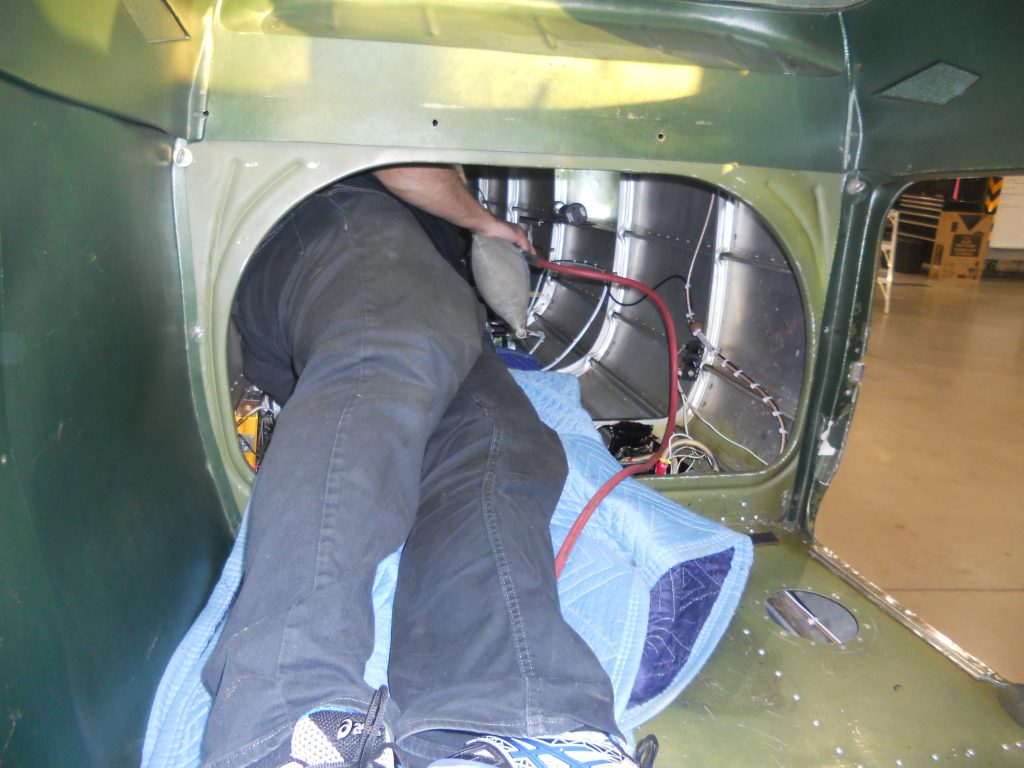
The Story:
After our upgrades were completed, we decided to use our aircraft scales to reweigh the entire aircraft due to the amount of wiring, old equipment, and importantly the vacuum system that were removed, along with the fact this aircraft had not received a weight and balance amendment in almost 20 years (let alone an actual weighing).
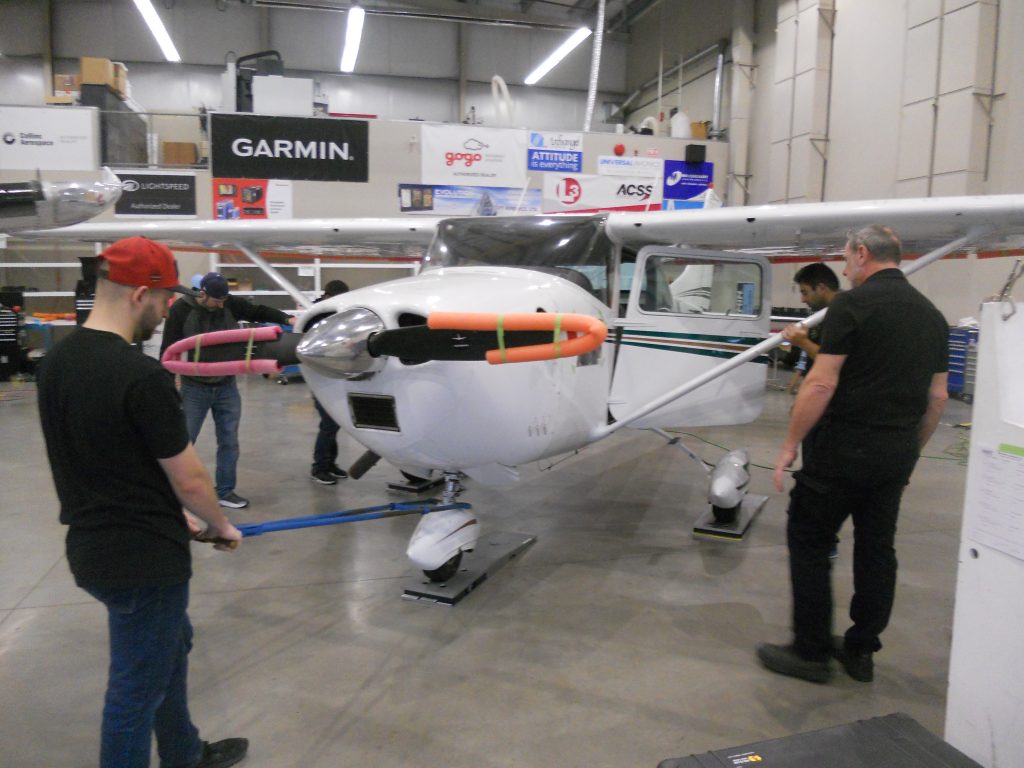
You may have noticed the GNC 255 is at the bottom of our new equipment list. We originally intended to retain the original KX 155 nav/com. After completing the project, one of Joe’s employees came to pick up the aircraft, a satisfactory test flight was completed, and he began flying south on the way home to Texas. Somewhere above Washington State the pilot experienced a temporary GPS signal loss on the GTN and after some troubleshooting and discussion with Joe and Maxcraft he decided to return to Pitt Meadows before getting too far into the trip.
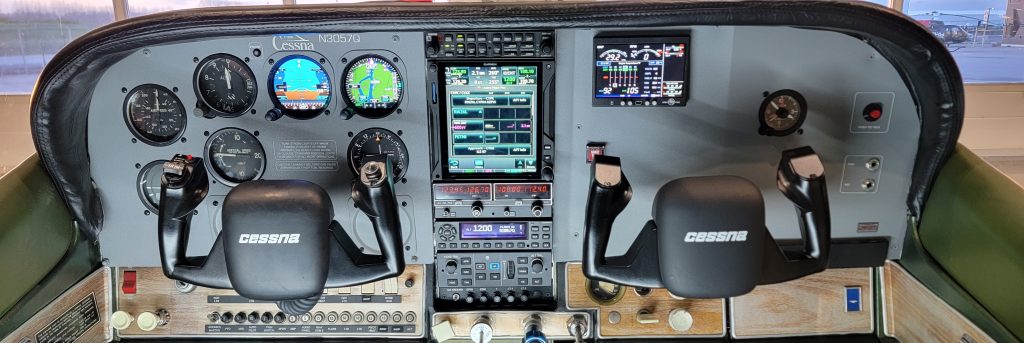
Upon returning to Maxcraft, our technicians quickly began troubleshooting and thinking of possible solutions. After lots of time experimenting with possible solutions (At Maxcraft’s cost), it was determined that the early version of the KX 155 was radiating radio frequency energy through the front bezel which was then leaking into the GTN 750 Xi and interfering with the GPS signal causing it to lose connection with the GPS satellites. We determined it would be more economical to replace the KX 155 with Garmin’s modern GNC 255 Nav/Com. This project goes to show that even with our decades of knowledge and experience we can run into complex snags.
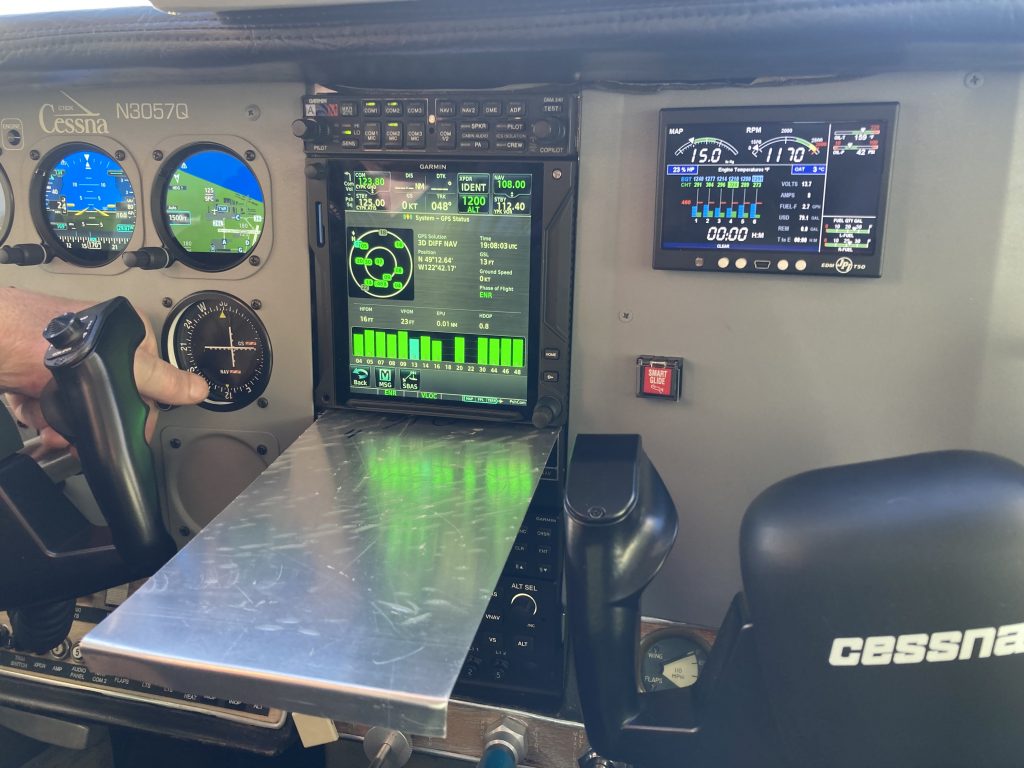
Customer Comments:
“Was it worth it to fly this airplane more than 1,600NM to get the panel replaced? Absolutely! We slept easy knowing the airplane was in good hands and the job was going to be done right. In fact, we flew our other airplane (a Cessna 182) up to Vancouver to have that panel updated as well. Maxcraft did not disappoint in either airframe and was highly communicative through the entire process!”
Joe & Deanna Casey


